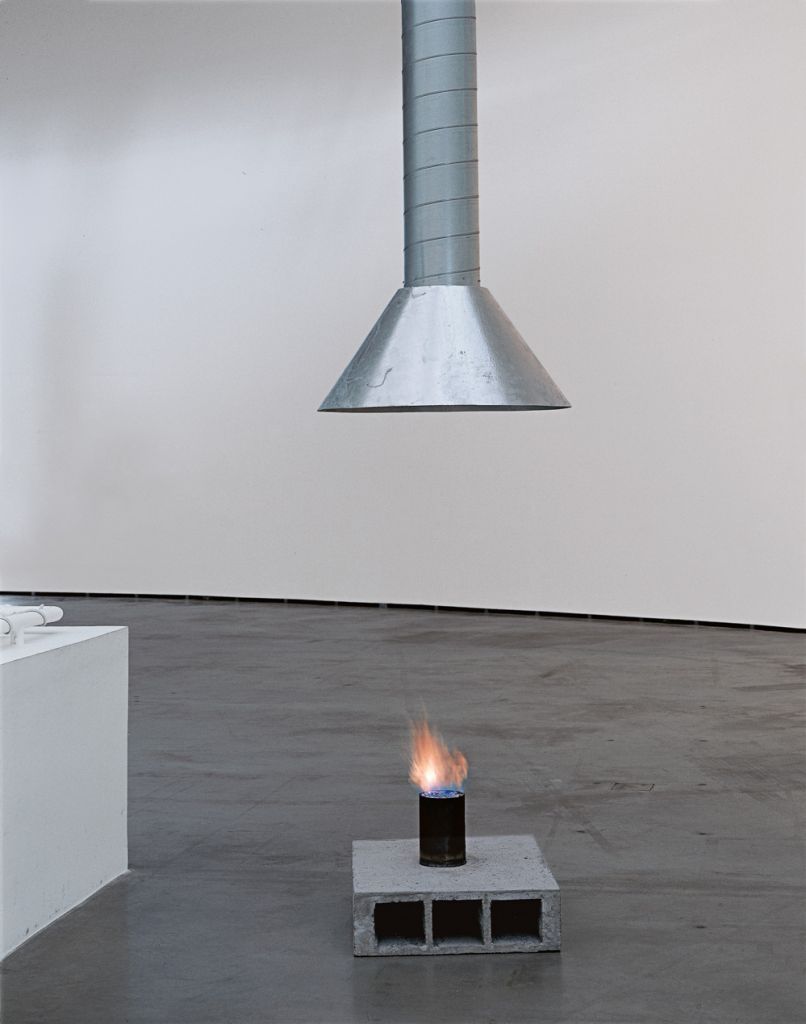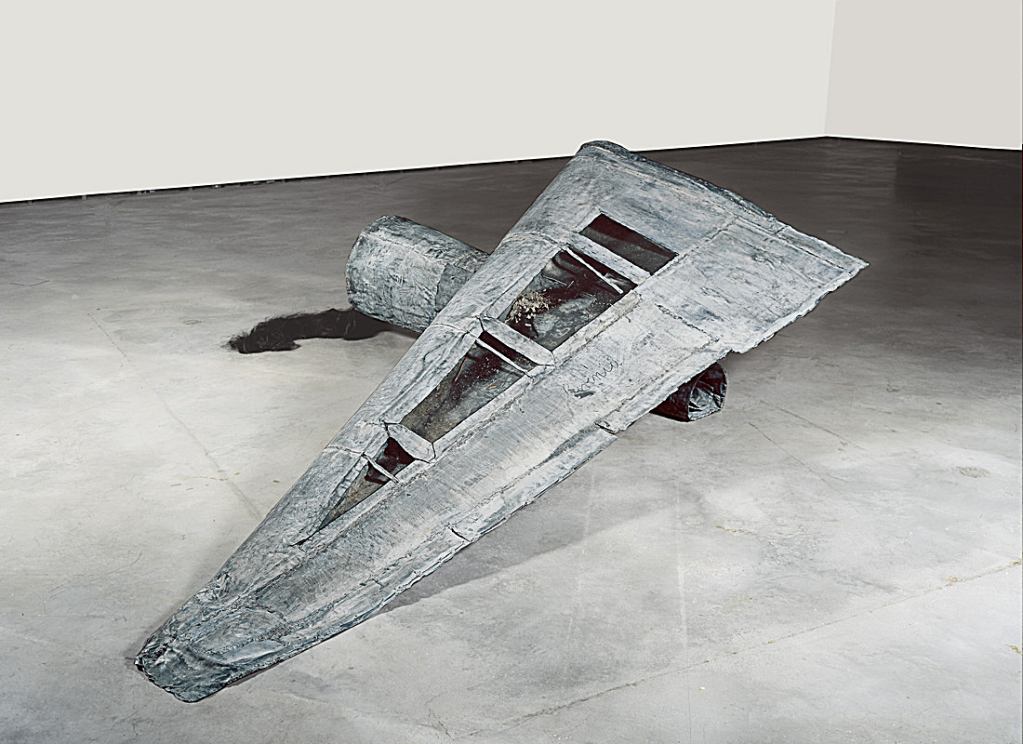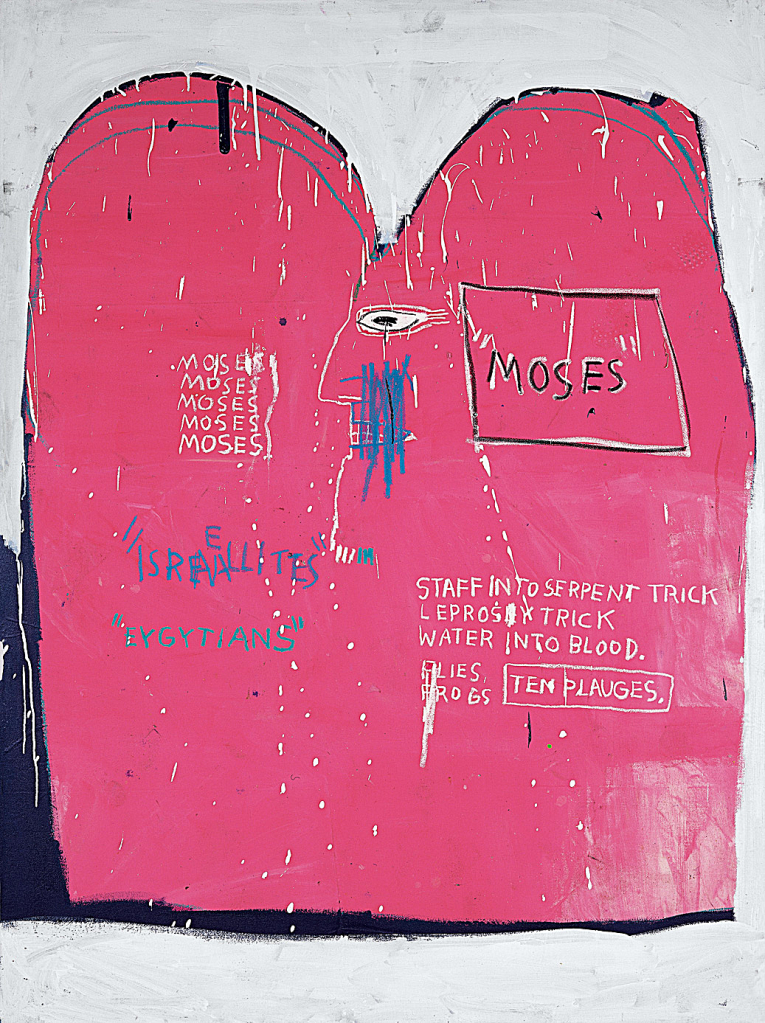Waking
1984Photo-piece363 x 1,111 cm
Since 1967, when Gilbert & George met and began working and living together, they have merged their identities so completely that we never think of one without the other; no individual biographies or separate bodies of work exist outside their unique twinship. Furthermore, they make no distinction between their life and their art; they are their own works of art. In the late 1960s they began making public appearances in the guise of "living sculptures": identically attired in proper business suits, their faces and hands covered with a metallic patina, they paraded themselves at museums, galleries, and cultural events, playing the role of robotized bronze statues that fused creator and creation and turned mundane activities into spectacles. The range of their art also includes photography, drawing, painting, written text, and film, in all of which, as in their performances, their presence is clearly felt, often in the form of self-portraits.
In the mid-1970s Gilbert & George adopted a grid format—evocative of earlier modernism—for their photographic works, a practice they have continued to this day. While their photographic works of the 1970s were for the most part monochromatic, in the early 1980s they began to dye collaged photographs with lurid colors, thereby playfully summoning the tradition of ecclesiastical stained-glass windows. At that time they also began to employ a cast of young men, many of them from London's East End, where Gilbert & George live. Treating their models as well as themselves as malleable material, the artists produced increasingly large-scale, graphically bold, and provocative compositions. Their works from this period draw upon the particulars of East End society and the British urban homosexual experience, but do so in order to engage the full gambit of human existence, as suggested by the title of one 1984 work: DEATH HOPE LIFE FEAR. In the monumental Waking, from the same year, the artists occupy the center of a characteristically symmetrical and intensely colored multifigure image. Around them the assembled cast or audience watches while the artists, their faces transformed into masks by overlaid color, mime the horror of some kind of inner awakening, perhaps the passage from boyhood to maturity, which the repetition of the artists' figures at three different scales seems to suggest.
Sources:
Jan Avkigos. "Gilbert & George." In Nancy Spector, ed. Guggenheim Museum Collection: A to Z. 3rd rev. ed. New York: Guggenheim Museum, 2009.
"Gilbert & George." In Guggenheim Collection: 1940s to Now. Melbourne: National Gallery of Victoria; New York: Guggenheim Museum, 2007.
Original title
Waking
Date
1984
Medium/Materials
Photo-piece
Dimensions
363 x 1,111 cm
Credit line
Guggenheim Bilbao Museoa






